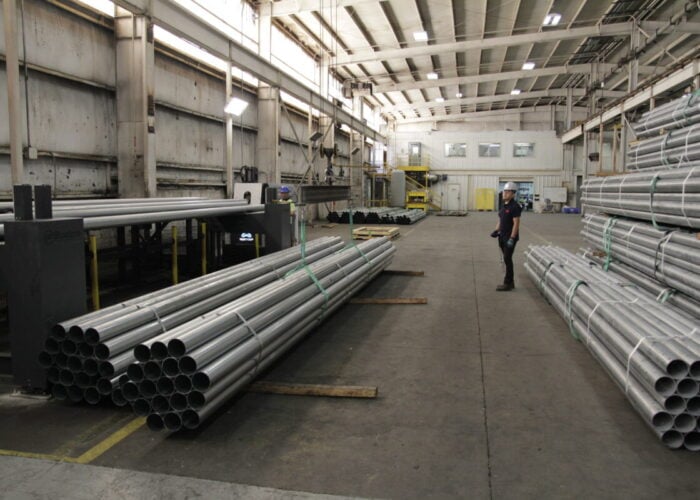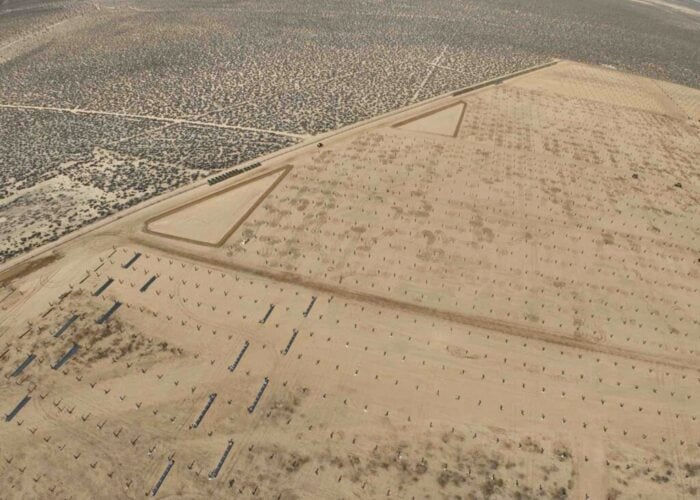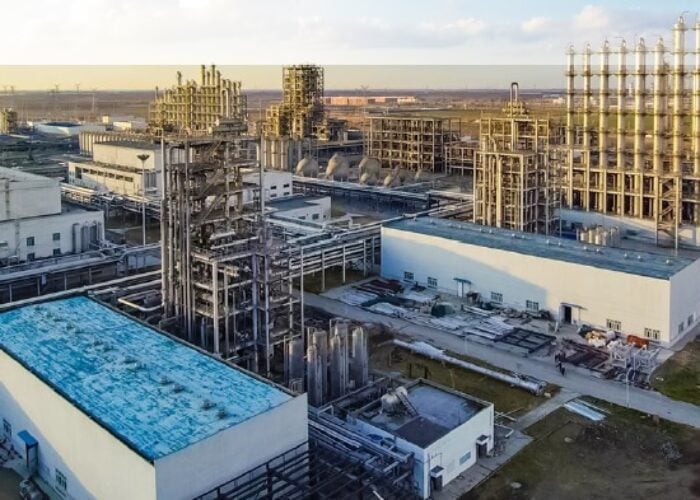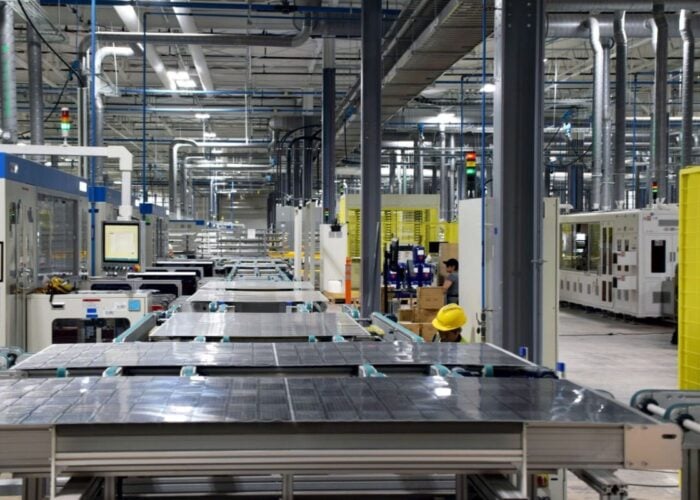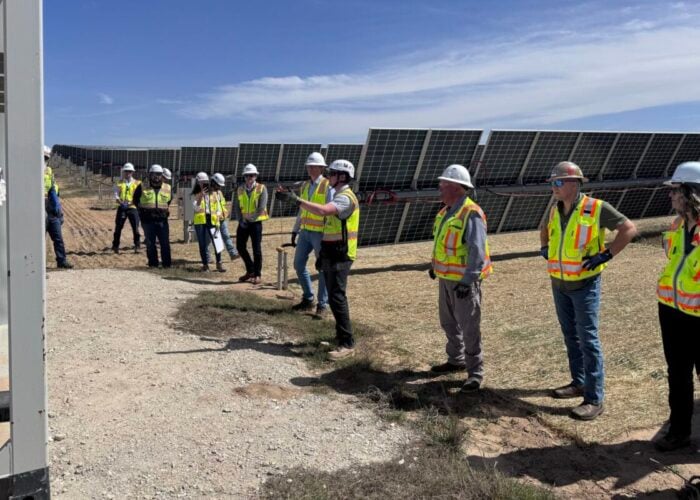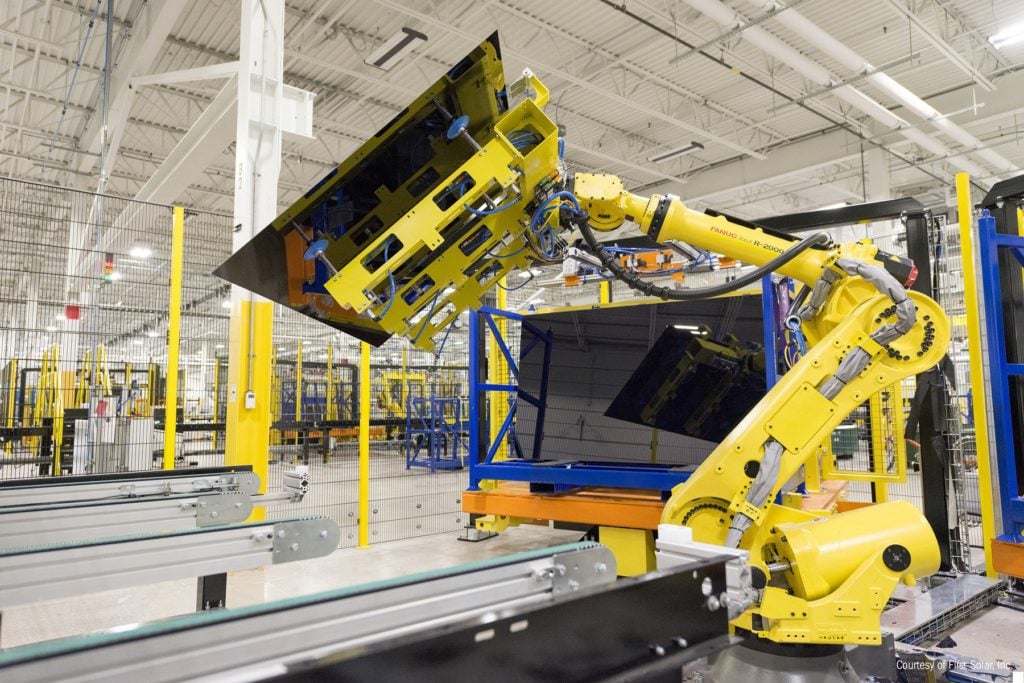
Late last week, US Democrats finally agreed on a long-awaited stimulus package, now called the Inflation Reduction Act (IRA), that includes US$369 billion in energy security and climate change programmes over the next ten years.
Out of this, US$30 billion will be earmarked for production tax credits to accelerate US manufacturing of solar panels, wind turbines, batteries and critical minerals processing. An additional US$10 billion of investment tax credits (ITC) will be provided to build clean technology manufacturing facilities, such as factories that make solar modules and other clean technologies.
Try Premium for just $1
- Full premium access for the first month at only $1
- Converts to an annual rate after 30 days unless cancelled
- Cancel anytime during the trial period
Premium Benefits
- Expert industry analysis and interviews
- Digital access to PV Tech Power journal
- Exclusive event discounts
Or get the full Premium subscription right away
Or continue reading this article for free
Given the enormity of the package – it has been branded as the largest climate package in US history – and the difficulty in establishing a consensus, the Act should be seen as a major boon for the US solar sector.
“The solar manufacturing provisions in the IRA are the best chance the US has had to build a domestic manufacturing industry,” says Pol Lezcano, BloombergNEF’s (BNEF) lead analyst for North American Solar.
Under the proposals, the solar manufacturing tax credits are as follows:
- Modules would receive US$0.07, multiplied by the capacity of the module (on a per direct current watt basis)
- Thin-film or crystalline PV cells would get US$0.04, multiplied by the cell’s capacity (on a per direct current watt basis)
- Wafers would secure US$12 per square metre
- Polymeric backsheets would receive US$0.40 per square metre
- Solar-grade polysilicon would get US$3 per kilogramme
Those credits are broadly in line with manufacturing support included in the Solar Energy Manufacturing for America (SEMA) Act, first proposed by Senator Jon Ossoff last year that was broadly welcomed by much of the US solar industry, although it got less traction in government at the time.
Lezcano told PV Tech Premium that “with the manufacturing incentives in place, the US could reach its full polysilicon production potential of approximately 21GW in less than two years, and make 10GW worth of modules per year starting in 2025.”
“Current US module nameplate capacity is roughly 7GW as of the end of 2021,” Lezcano explains. “By contrast, we expect the US to build 37GW of solar in 2025.”
BNEF believes the IRA could oversee a massive build-out of module capacity in the US as a result of the incentives. Lezcano says this is because they are the easiest to build and manufacturers have already been considering building new US factories.
On top of greater factory deployment, demand for US-made modules will increase given existing import barriers and the proposed incentives in the bill to use domestic components in US solar project, Lezcano said.
Aside from the huge projected increase in module demand production capacity, the IRA proposal has been welcomed across the US solar sector for its impact on jobs and market signals.
SEIA president and CEO Abigail Ross Hopper applauded the “long-term incentives for clean energy deployment and manufacturing” contained within the proposals and said, “this is a crucial window of opportunity that we cannot miss, and now Congress must seal the deal and pass this legislation.”
Gregory Wetstone, president and CEO of the American Council on Renewable Energy (ACORE), said “the provisions in the Inflation Reduction Act of 2022 will spur critical investments in renewable power, energy storage, and advanced grid technologies that will allow us to meet our climate goals”.
Indeed, Maxeon Solar Technologies has already said the IRA would help support its plans to establish a 3GW solar manufacturing facility in the US. This is just one such example and PV Tech Premium will be running a separate analysis soon that focuses on companies’ plans following news of the IRA proposals.
“Legislation that finally moves the country beyond years of on-again, off-again renewable tax credits and establishes a long-term, full-value clean energy tax platform will help provide renewable companies with the stability they need to do business,” Wetstone added.
Meanwhile, Lezcano believes that, if the bill passes, companies will prioritise bringing ingot and wafer factories to the US, areas of the supply chain which are currently severely short on capacity if the country is to meet its climate goals.
Data from IHS Markit puts the number of ingot and wafer capacity outside of China just shy of 25GW, while module capacity stands at over 100GW and cell capacity at around 75GW.
Lezcano said new wafer facilities were likely in the US because they are less labour-intensive and the US has locations with very cheap electricity rates. Moreover, companies “have a good visibility of the market demand for the next five years”, with a focus on 182mm or 210mm wafers, and there is the potential for demand for non-Chinese wafers in the US rising dramatically if the US Department of Commerce approves the new AD/CVD tariffs on Southeast Asian cells.
Meanwhile, Michael Parr, executive director of the Ultra Low-Carbon Solar Alliance (ULCSA), said, “the energy provisions of the Inflation Reduction Act of 2022 stand to put the US in a strong competitive stance in solar manufacturing as India and the EU race to build large domestic solar industries in response to these risks.”
“The bill paves the way for significant investments across the American solar supply chain that will rapidly accelerate the growth already underway.”
Spanner in the works?
One thing that must be stressed here is that this is just an agreement, albeit important one, between Democrat lawmakers. It still needs to pass through both houses and be signed off by President Joe Biden. And there are potential roadblocks along the way.
Firstly, US Senator Joe Manchin could perform another dramatic U-turn, although this seems unlikely given how many concessions on the package he has managed to force.
More likely, perhaps, is that Democratic Senator Kyrsten Sinema scuppers the plans. Yesterday, Republican Senator Pat Toomey during a Bloomberg TV interview said he hoped Sinema would block the proposals, which he labelled as “welfare” for US energy companies and electric vehicle owners.
“I’m not speculating about what she is going to do, but I do know there are some provisions in this field that she has had reservations in the past, ” he said, adding that he was “looking forward to chatting with her this week”.
Democrats are racing to ready the Act for voting on this week, according to reports.

